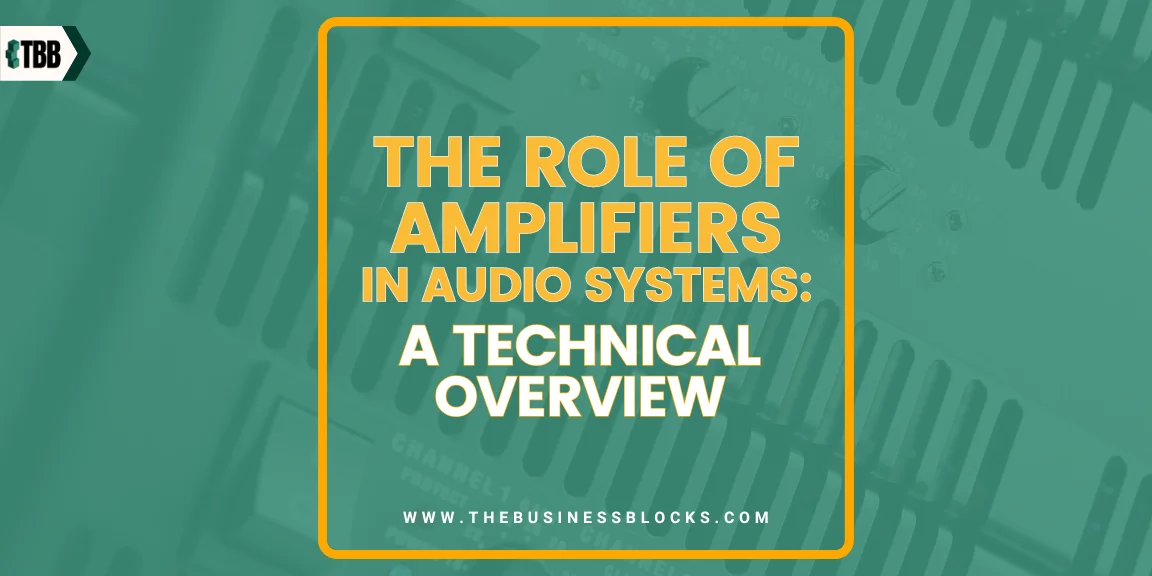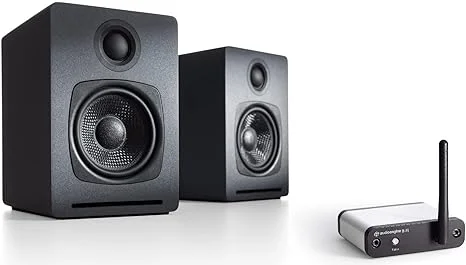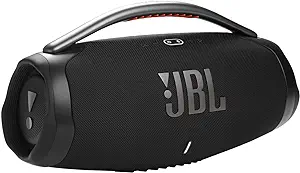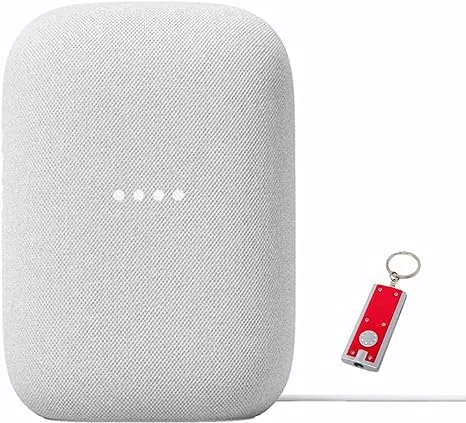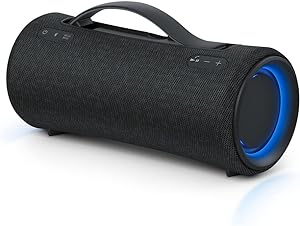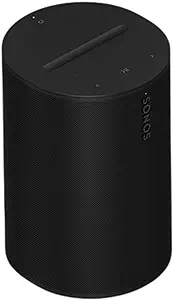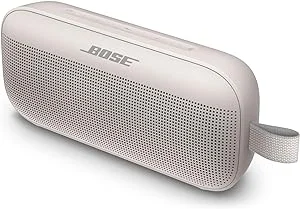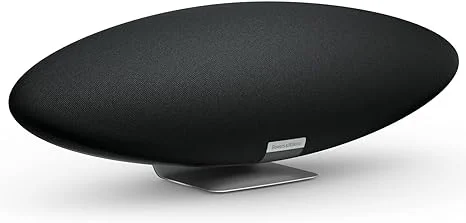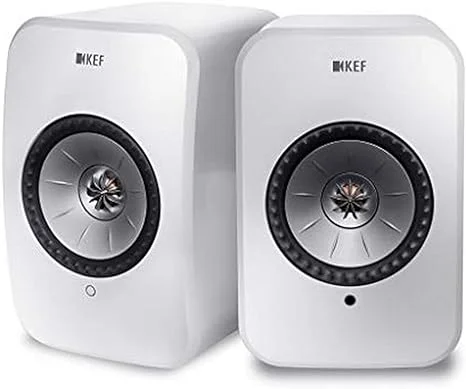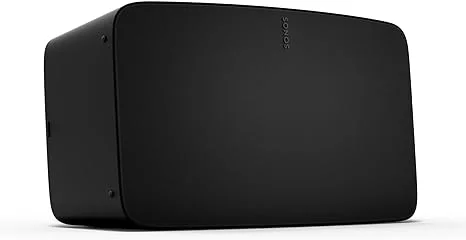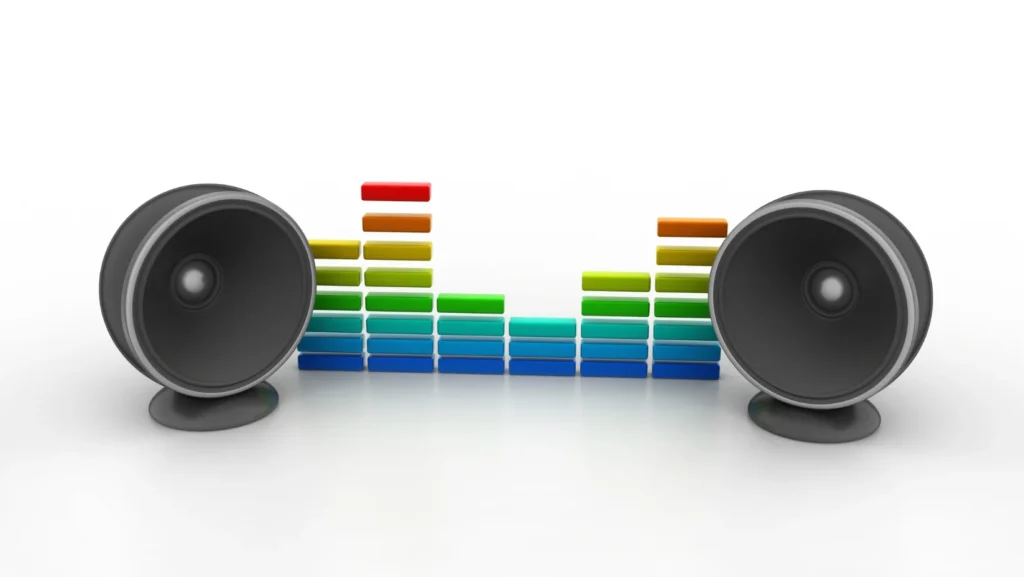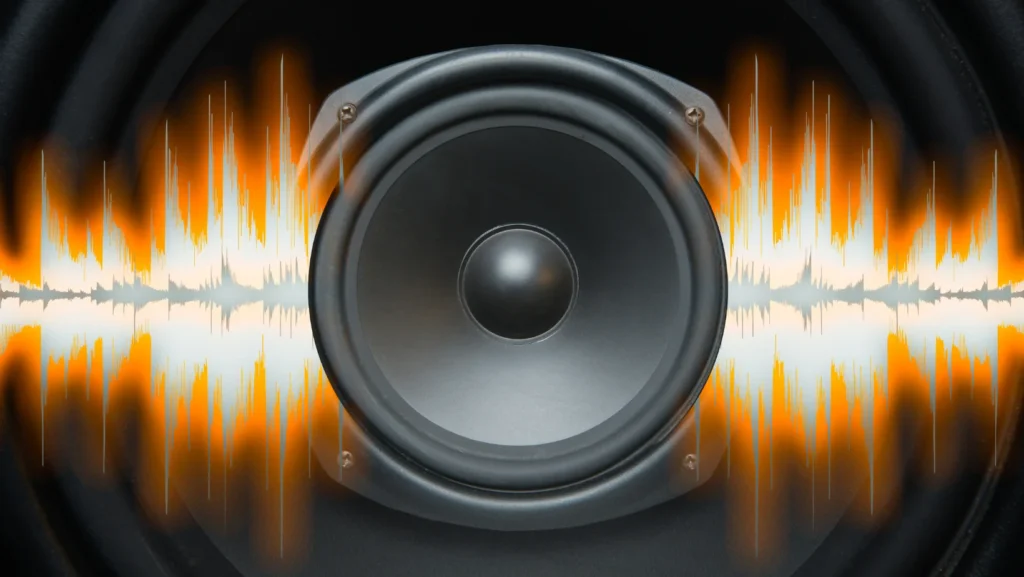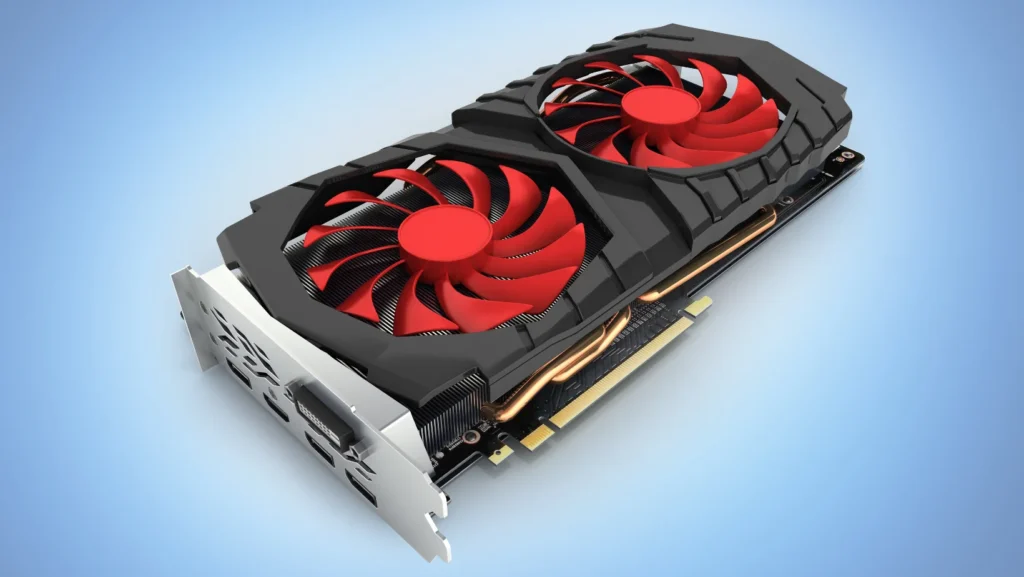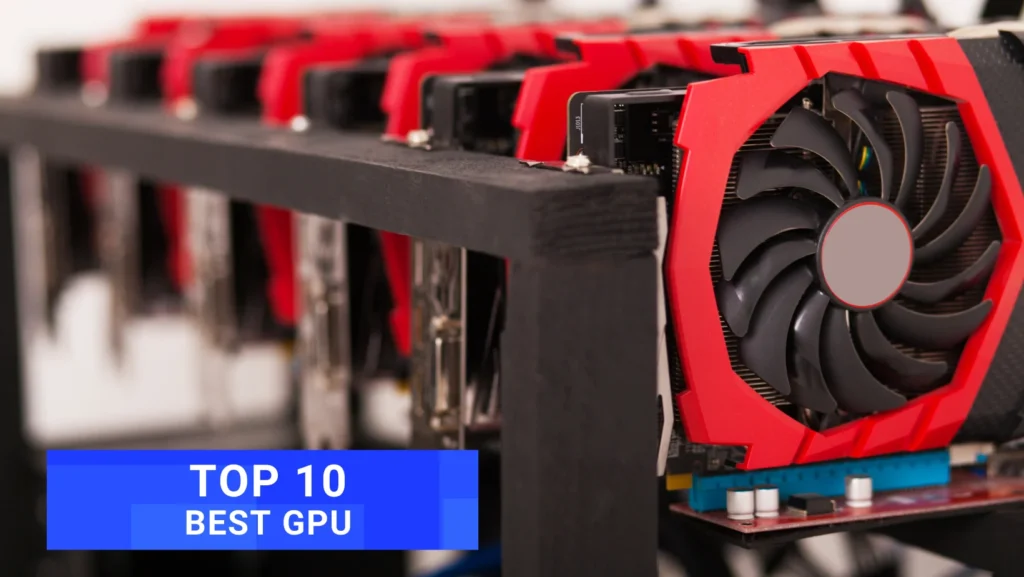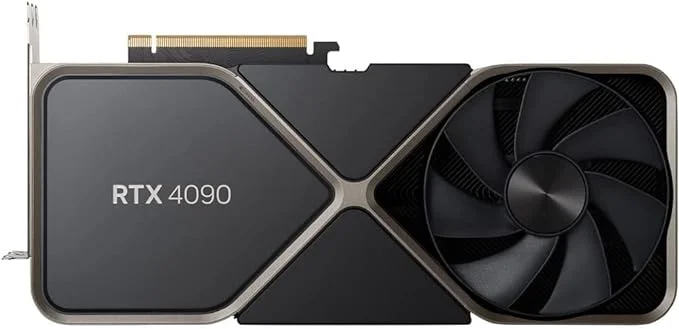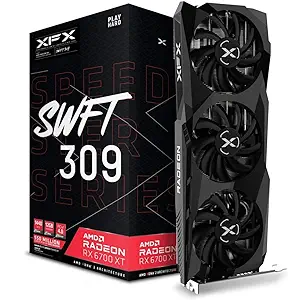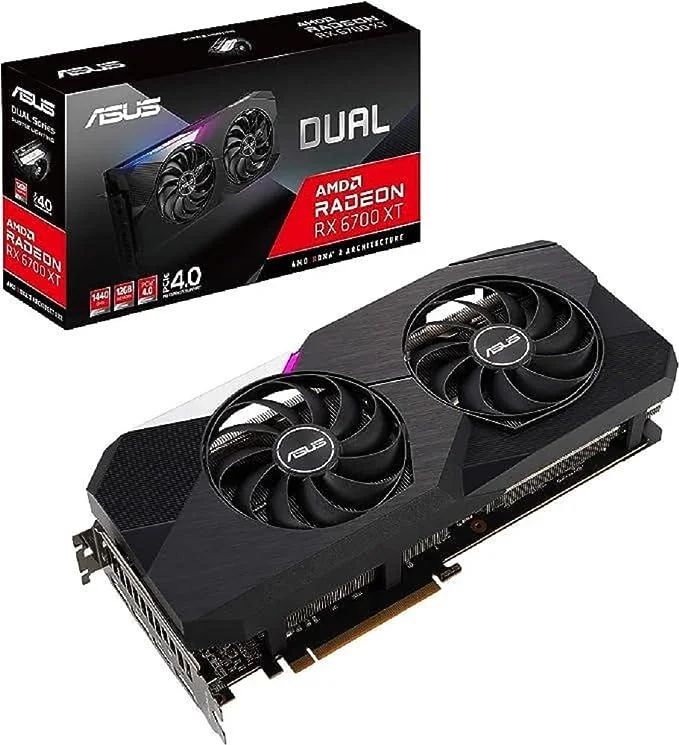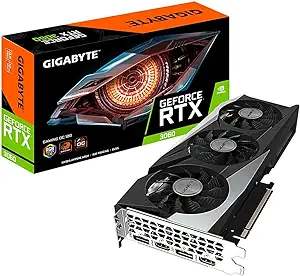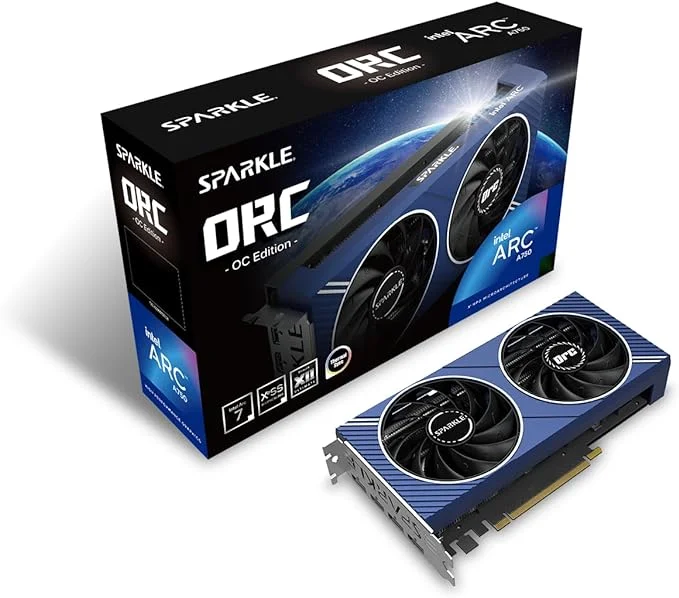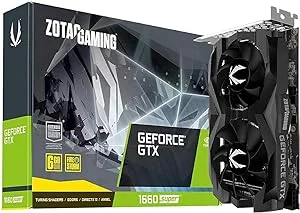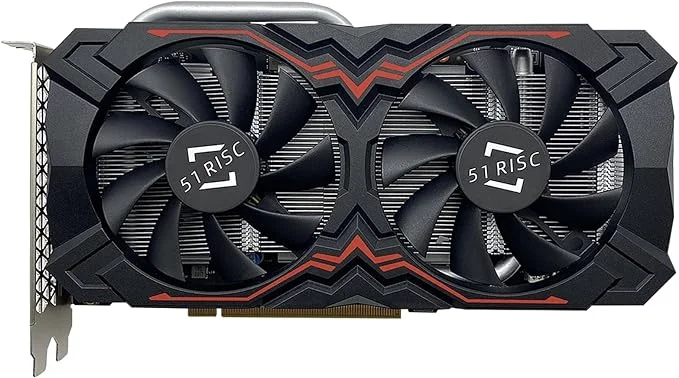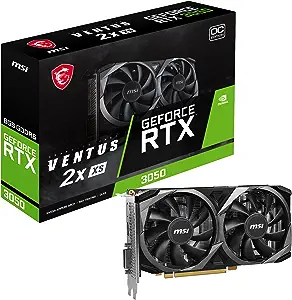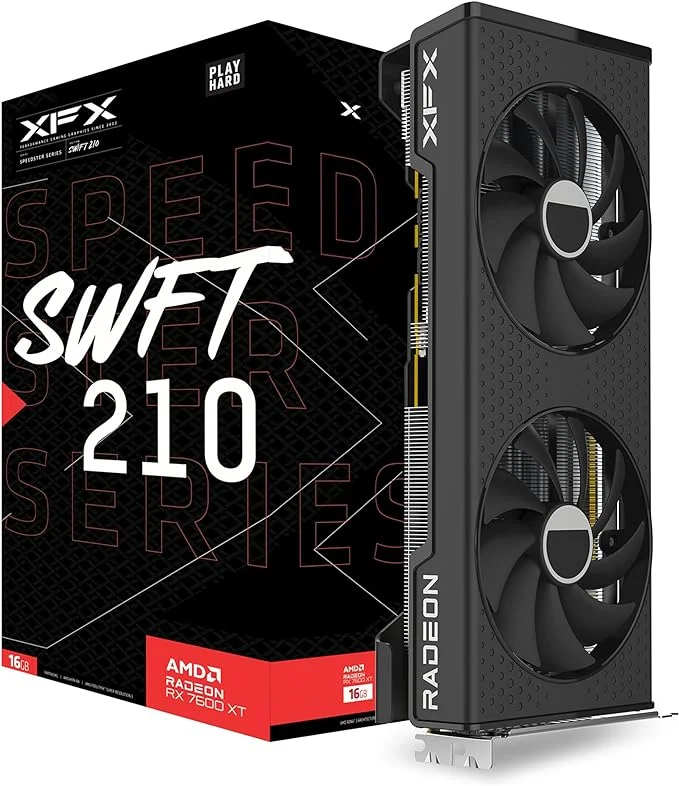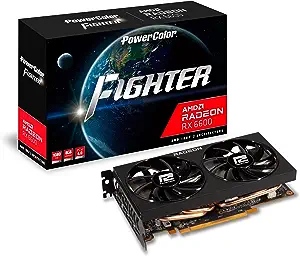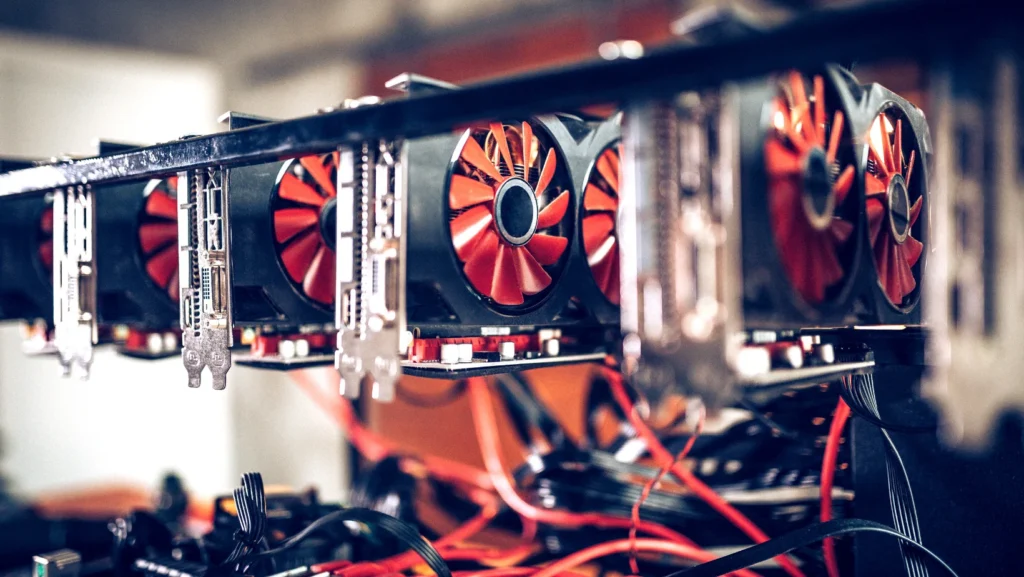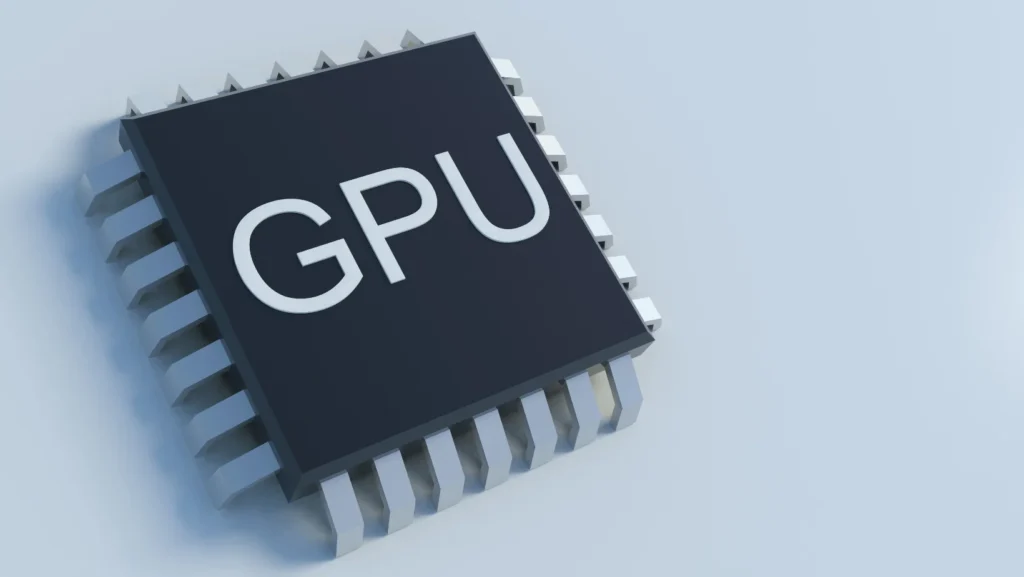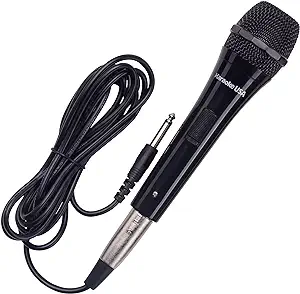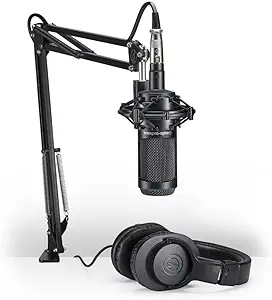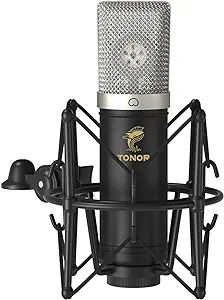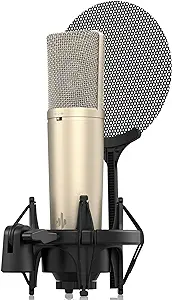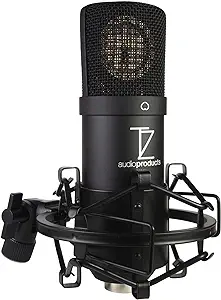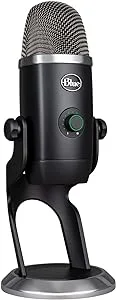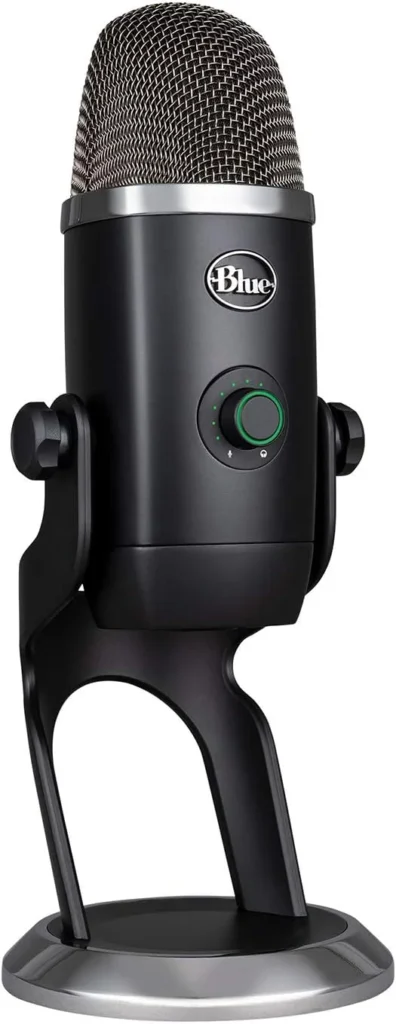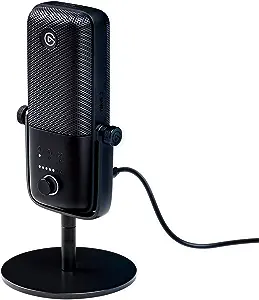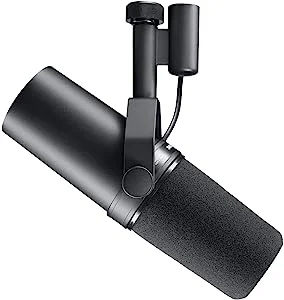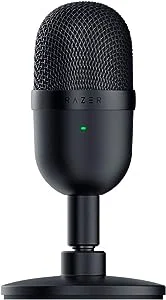Amplifiers stand as the cornerstone of audio systems, wielding the power to transform faint electrical signals into robust sound waves that fill our environments with music, dialogue, and ambiance. Often overlooked yet profoundly influential, these electronic workhorses serve as the backbone of audio reproduction, lending their technical prowess to elevate our auditory experiences to new heights.
In this technical overview, we’ll explore the fundamental principles behind amplifiers, demystifying their operation and highlighting their importance in the world of audio engineering. Join us as we unravel the inner workings of amplifiers and uncover the magic behind their ability to bring music to life.
Are you ready to uncover the sounds that captivate your senses?
Amplifiers may seem like humble devices, but they wield a mighty power that shapes the very essence of your auditory experience. Join us on a journey of exploration as we peel back the layers of mystery surrounding amplifiers, revealing the intricate technical wizardry that lies beneath their unassuming exteriors.
Imagine being able to unlock the full potential of your speakers, immersing yourself in a world of rich, vibrant sound that transports you to another realm. With a deeper understanding of amplifiers, you can unleash the true magic of your audio system and elevate your listening pleasure to new heights.
Read on and unlock the secrets of the amplifier’s mesmerizing power!
Introduction to Amplifiers
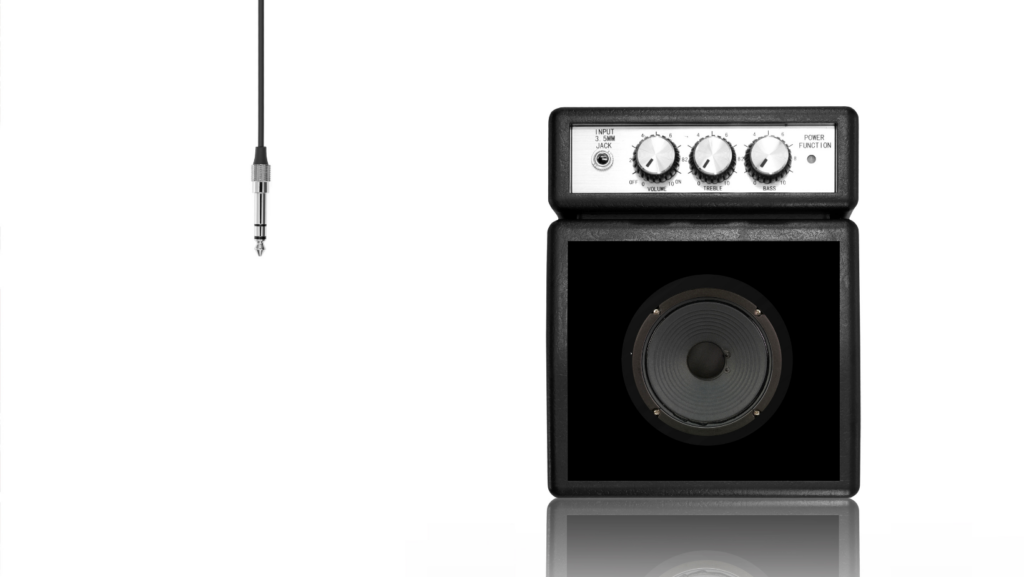
Amplifiers are the unsung heroes of audio systems, quietly boosting the signals from our devices to deliver the powerful sound we love. At their core, amplifiers are electronic devices designed to increase the power, voltage, or current of an electrical signal. In the realm of audio, amplifiers play a critical role in shaping our listening experiences, ensuring that every note and beat resonates with clarity and intensity.
By gaining a foundational understanding of amplifiers, readers will be better equipped to appreciate their essential role in audio reproduction and understand their importance in achieving high-quality sound. Join us on a journey of discovery as we unravel the mysteries of amplifiers and uncover the magic behind their ability to bring music to life.
Did you know?
- The first audio amplifier was made in 1906 by Lee De Forest and came in the form of a triode vacuum tube.
- In 2021, the average price for a power amplifier was 510 U.S. dollars, denoting a growth in the average price of about four percent over the previous year.
Basic Principles of Amplification
At its core, amplification is the process of increasing the power, voltage, or current of an electrical signal. This fundamental principle forms the basis of all amplifiers, regardless of their design or application. In the context of audio systems, amplification plays a crucial role in boosting weak audio signals to levels that can drive speakers or headphones, thus producing sound.
Several key principles govern the process of amplification:
Gain:
Gain refers to the extent to which an amplifier increases the amplitude or strength of an input signal. It is typically expressed as a ratio or in decibels (dB). Higher gain amplifiers provide greater amplification of the input signal, resulting in a louder output.
Linearity:
Linearity is the ability of an amplifier to faithfully reproduce the input signal without introducing distortion or nonlinearities. Ideally, an amplifier should maintain a linear relationship between the input and output signals across its operating range.
Frequency Response:
Amplifiers exhibit a frequency response characteristic that dictates their ability to amplify signals across different frequency ranges. A flat frequency response ensures that all frequencies within the audible spectrum are amplified equally, resulting in accurate reproduction of the original audio signal.
Distortion:
Distortion refers to any unwanted changes or alterations to the input signal introduced by the amplifier. Common types of distortion include harmonic distortion, intermodulation distortion, and clipping. Minimizing distortion is essential for maintaining the fidelity and integrity of the audio signal.
Signal-to-Noise Ratio (SNR):
The signal-to-noise ratio measures the ratio of the desired signal (music or audio) to the background noise generated by the amplifier. A higher SNR indicates a cleaner, more transparent amplification process, with less audible noise interfering with the audio signal.
By understanding these basic principles of amplification, we can gain insight into how amplifiers function and their role in shaping the sound quality of audio systems. Whether in-home audio setups, professional sound reinforcement systems, or telecommunications equipment, amplification remains a fundamental aspect of audio engineering.
Components of an Amplifier
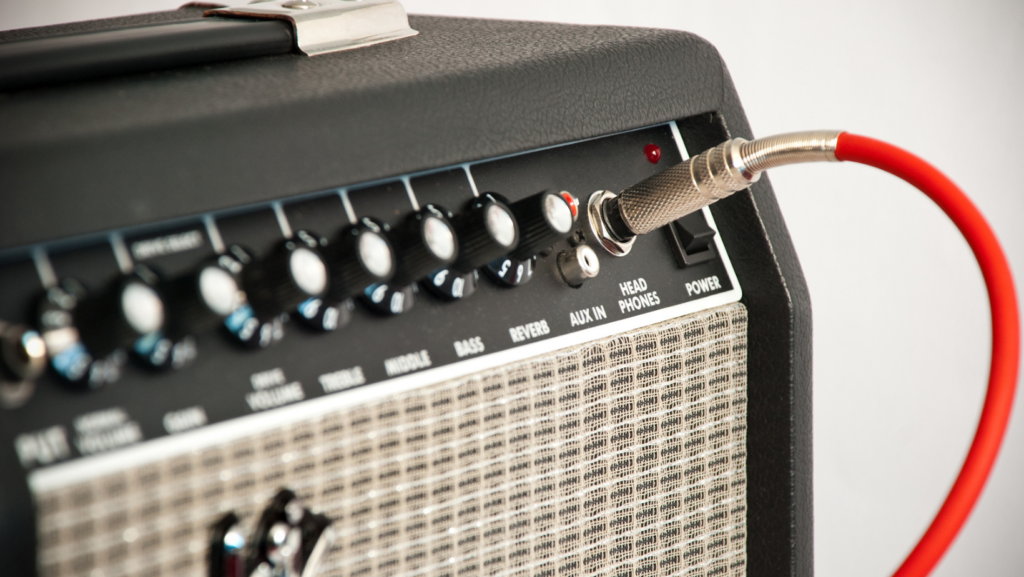
Amplifiers are complex electronic devices composed of various components that work together to amplify electrical signals. While the specific components may vary depending on the amplifier’s design and application, there are several key elements common to most amplifiers:
- Input Stage: The input stage of an amplifier is responsible for receiving and processing the input signal. This stage typically includes components such as coupling capacitors, input resistors, and voltage amplifiers. Its primary function is to prepare the incoming signal for amplification by ensuring proper impedance matching and signal conditioning.
- Amplification Stage: The amplification stage is where the actual amplification of the input signal takes place. This stage consists of active components such as transistors or operational amplifiers (op-amps) configured in various amplifier topologies (e.g., common emitter, common collector, etc.). The amplification stage boosts the amplitude of the input signal to a level suitable for driving the output stage.
- Output Stage: The output stage of an amplifier is responsible for delivering the amplified signal to the load, typically a speaker or headphones. This stage includes components such as output transistors, output resistors, and output coupling capacitors. Its primary function is to provide sufficient current and voltage to drive the load while maintaining low distortion and high fidelity.
- Power Supply: The power supply is a critical component of any amplifier, providing the necessary electrical power to drive the amplifier circuitry. It typically consists of a transformer, rectifier, filter capacitors, and voltage regulators. The power supply converts AC mains voltage into the DC voltage required to operate the amplifier circuitry, ensuring stable and reliable operation.
- Feedback Network: Many amplifiers utilize negative feedback to improve performance and stability. The feedback network monitors the amplifier’s output and feeds a portion of it back to the input stage, where it is compared with the original input signal. This feedback helps reduce distortion, improve linearity, and increase bandwidth, resulting in higher-quality amplification.
- Protection Circuitry: To safeguard the amplifier and connected equipment from damage, modern amplifiers often incorporate protection circuitry. This may include features such as overcurrent protection, overvoltage protection, thermal shutdown, and short-circuit protection. These safety mechanisms help prevent catastrophic failures and prolong the lifespan of the amplifier.
By understanding the components of an amplifier and their respective functions, we can gain insight into how amplifiers operate and appreciate the complexity involved in their design and construction.
Types of Amplifiers
Amplifiers come in various types, each with its own set of characteristics and applications. From traditional Class-A amplifiers renowned for their high fidelity to modern Class-D digital amplifiers prized for their efficiency, the world of amplification offers a diverse array of options to suit different needs and preferences.
Have a closer look:
Class-A Amplifiers:
Class-A amplifiers are known for their simple design and high linearity. They operate with the output transistors conducting current throughout the entire input cycle, resulting in low distortion but relatively low efficiency. Class-A amplifiers are often used in high-fidelity audio applications where sound quality is paramount.
Class-B Amplifiers:
Class-B amplifiers use a push-pull configuration where one transistor conducts during the positive half of the input signal, and another transistor conducts during the negative half. While more efficient than Class-A amplifiers, Class-B amplifiers suffer from crossover distortion at the transition between transistors.
Class-AB Amplifiers:
Class-AB amplifiers combine the characteristics of Class-A and Class-B amplifiers, utilizing two transistors to handle the positive and negative halves of the input signal. This configuration improves efficiency while reducing crossover distortion, making Class-AB amplifiers suitable for a wide range of audio applications.
Class-D Amplifiers:
Class-D amplifiers, also known as digital amplifiers, use pulse-width modulation (PWM) to encode the audio signal into a series of pulses. These pulses are then amplified by switching transistors on and off rapidly, resulting in high efficiency and minimal heat dissipation. Class-D amplifiers are commonly used in portable audio devices and automotive audio systems.
Tube Amplifiers:
Tube amplifiers, also known as valve amplifiers, use vacuum tubes (or valves) to amplify electrical signals. Despite their relatively low efficiency and high cost, tube amplifiers are favored by audiophiles for their warm, natural sound quality and characteristic distortion profile.
Solid-State Amplifiers:
Solid-state amplifiers use semiconductor devices such as transistors and integrated circuits to amplify signals. They offer high efficiency, low distortion, and compact size, making them ideal for a wide range of applications, including consumer electronics, professional audio equipment, and telecommunications infrastructure.
Hybrid Amplifiers:
Hybrid amplifiers combine the characteristics of tube and solid-state amplifiers, leveraging the warmth and distortion characteristics of tubes with the efficiency and reliability of solid-state technology. These amplifiers offer a compromise between traditional tube sound and modern convenience.
Each type of amplifier has its unique characteristics, advantages, and limitations, making it essential to choose the right amplifier for a given application based on factors such as power requirements, audio quality, and cost.
The Role and Importance of Amplifiers in Audio Systems
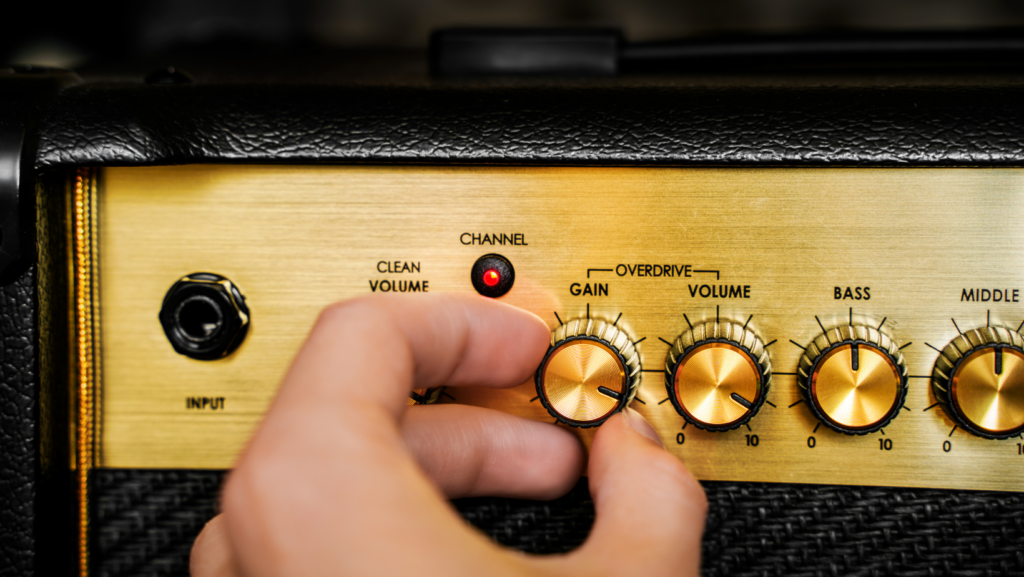
Amplifiers serve as the backbone of audio systems, playing a critical role in shaping the sound we hear and enjoy. From the subtle nuances of a whispered conversation to the thunderous roar of a concert venue, amplifiers are responsible for faithfully reproducing audio signals with clarity, power, and precision.
At their core, amplifiers are electronic devices designed to increase the power, voltage, or current of an electrical signal. This amplification process is essential for driving speakers or headphones to produce sound at audible levels. Without amplifiers, the weak electrical signals generated by audio sources such as microphones, instruments, or playback devices would remain insufficient to drive the transducers that convert electrical energy into sound waves.
The importance of amplifiers in audio systems can be understood through several key roles they play:
Signal Boosting:
Amplifiers amplify weak audio signals to levels suitable for driving speakers or headphones, ensuring that even the faintest whispers are heard loud and clear.
Fidelity and Accuracy:
High-quality amplifiers faithfully reproduce the original audio signal without introducing distortion or coloration, preserving the integrity and fidelity of the sound.
Power Delivery:
Amplifiers provide the necessary electrical power to drive speakers, enabling them to produce sound with sufficient volume and dynamics across a wide frequency range.
Control and Flexibility:
Amplifiers allow users to adjust volume levels, equalization settings, and other parameters to tailor the sound to their preferences and optimize performance in different listening environments.
Compatibility and Integration:
Amplifiers serve as the interface between audio sources and output devices, ensuring compatibility and seamless integration within audio systems.
Amplifiers are essential components of audio systems, translating electrical signals into audible sound with accuracy, clarity, and power. Whether in home entertainment systems, professional sound reinforcement setups, or automotive audio systems, amplifiers play a pivotal role in delivering immersive and enjoyable listening experiences.
Applications of Amplifiers in Various Audio Systems
Amplifiers are fundamental components in a wide range of audio systems, serving crucial roles in amplifying and enhancing audio signals for different applications. From home entertainment systems to professional sound setups, amplifiers play a vital role in delivering clear, powerful, and immersive sound experiences.
Here are some applications:
Home Audio Systems:
Amplifiers are used in home audio systems to power speakers, subwoofers, and other audio devices. They amplify signals from sources such as CD players, turntables, and streaming devices to deliver clear and immersive sound for music, movies, and other entertainment.
Car Audio Systems:
Amplifiers are essential components of car audio systems, amplifying signals from head units or receivers to drive speakers and subwoofers. Car amplifiers enhance the audio performance in vehicles, delivering powerful and dynamic sound even in the confined space of a car interior.
Professional Audio Systems:
In professional audio setups for concerts, theaters, and events, amplifiers are used to amplify signals from microphones, instruments, and audio sources. Power amplifiers provide the necessary amplification for speakers and monitor systems, ensuring clear and impactful sound reproduction for audiences of all sizes.
Recording Studios:
Amplifiers play a crucial role in recording studios, where they amplify signals from microphones, instruments, and studio monitors. Studio amplifiers provide clean and transparent amplification, enabling accurate recording and monitoring of audio signals during recording and mixing sessions.
Public Address (PA) Systems:
PA systems utilize amplifiers to amplify signals from microphones, audio sources, and playback devices for public announcements, speeches, and events. Amplifiers drive speakers distributed throughout venues such as stadiums, airports, schools, and conference centers to ensure clear and intelligible communication to large audiences.
Musical Instruments:
Amplifiers are used to amplify signals from electric guitars, bass guitars, keyboards, and other musical instruments. Guitar amplifiers, for example, shape the tone and add effects to electric guitar signals, allowing musicians to achieve desired sounds and effects during performances and rehearsals.
Telecommunications:
Amplifiers are employed in telecommunications equipment for amplifying signals in telephone lines, radio transmitters, and wireless communication systems. They ensure reliable transmission of voice and data signals over long distances with minimal loss or distortion.
These applications demonstrate the versatility and importance of amplifiers in various audio systems, spanning from consumer electronics to professional audio and telecommunications. Amplifiers play a fundamental role in amplifying and shaping audio signals, enabling clear and impactful sound reproduction in diverse settings and applications.
Tips for Choosing Your Amplifier
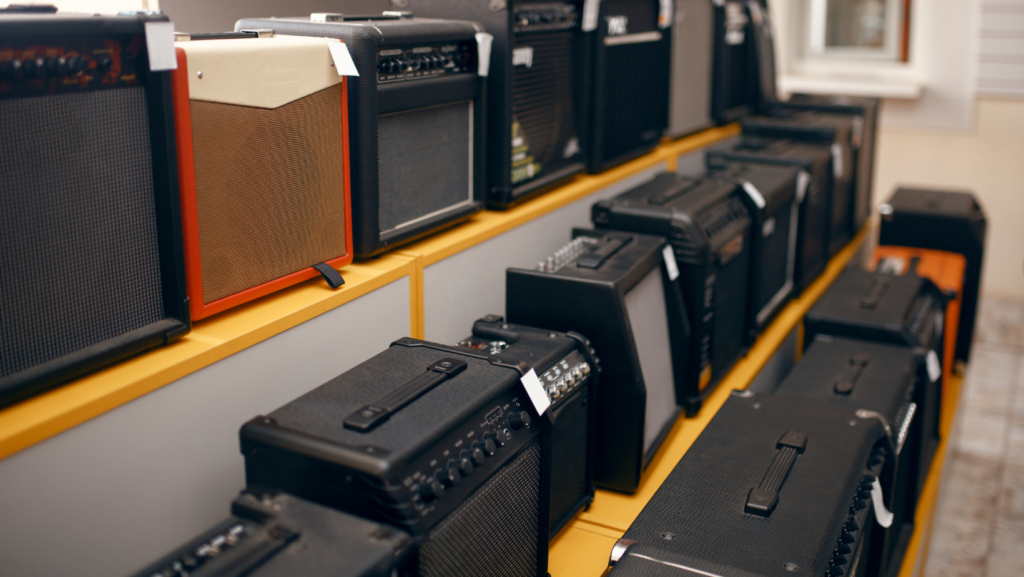
- Determine Your Audio Needs: Consider the intended use of the amplifier, whether it’s for home audio, car audio, professional audio, or other applications. Assess factors such as the size of the space, desired sound quality, and compatibility with existing audio equipment.
- Understand Amplifier Types: Familiarize yourself with different amplifier types, including Class-A, Class-B, Class-AB, Class-D, tube (valve), and hybrid amplifiers. Each type has unique characteristics in terms of efficiency, sound quality, and suitability for specific applications.
- Match Amplifier Power to Speaker Requirements: Ensure that the amplifier’s power output matches the power handling capacity of your speakers. Overpowering or underpowering speakers can lead to distortion, damage, or inefficient performance. Check the speaker’s impedance rating and sensitivity to determine compatibility with the amplifier.
- Consider Amplifier Features: Look for amplifier features that meet your specific needs and preferences. This may include built-in equalization controls, connectivity options (such as Bluetooth, Wi-Fi, or wired connections), compatibility with audio sources, and additional functionalities like remote control or app integration.
- Evaluate Amplifier Specifications: Pay attention to amplifier specifications such as power output (watts RMS), frequency response, total harmonic distortion (THD), signal-to-noise ratio (SNR), input and output impedance, and gain. These specifications can provide insights into the amplifier’s performance and suitability for your audio system.
- Listen to Demo Models: Whenever possible, audition demo models of amplifiers to assess their sound quality, clarity, and overall performance. Listen to a variety of music genres and audio sources to evaluate how the amplifier handles different types of audio content.
- Consider Future Expandability: Choose an amplifier that offers flexibility for future system upgrades or expansion. Look for features like multiple input/output options, compatibility with additional speakers or components, and upgrade paths for firmware or software updates.
- Set a Budget: Determine your budget for the amplifier and consider factors such as quality, features, and brand reputation when making your selection. Remember that investing in a high-quality amplifier can enhance your audio experience and provide long-term satisfaction.
By following these tips, you can choose an amplifier that meets your audio needs, delivers exceptional performance, and complements your audio system effectively.
Frequently Asked Questions About The Role of Amplifiers in Audio Systems: A Technical Overview
Q: What is the role of an amplifier in an audio system?
A: An amplifier’s primary role is to increase the power, voltage, or current of an electrical signal to drive speakers or headphones, thereby producing sound at audible levels.
Q: What are the key components of an amplifier?
A: Key components of an amplifier include input and output terminals, a power supply, amplifying devices (such as transistors or tubes), and circuitry for controlling gain and other parameters.
Q: How does an amplifier improve audio quality?
A: Amplifiers can improve audio quality by faithfully reproducing the original audio signal without introducing distortion, coloration, or noise. High-quality amplifiers maintain signal integrity, resulting in clear, accurate sound reproduction.
Q: What are the different types of amplifiers?
A: Common types of amplifiers include Class-A, Class-B, Class-AB, Class-D (digital), tube (valve), and hybrid amplifiers. Each type has unique characteristics and applications, such as efficiency, linearity, and sound quality.
Q: What amplifier specifications should I consider when choosing an amplifier?
A: Important specifications to consider include power output, frequency response, total harmonic distortion (THD), signal-to-noise ratio (SNR), input and output impedance, and gain. These specifications impact the amplifier’s performance and suitability for specific audio systems.
Final Thoughts
The role of amplifiers in audio systems is paramount, serving as the backbone of sound reproduction across various applications. Through their ability to amplify and shape electrical signals, amplifiers play a crucial role in delivering clear, powerful, and immersive audio experiences. Whether in home entertainment systems, professional sound setups, or telecommunications equipment, amplifiers enhance sound quality, provide control and flexibility, and drive speakers and headphones to produce sound at audible levels.
As technology continues to advance, amplifiers evolve to incorporate new features, improve efficiency, and enhance sound quality, ensuring that they remain indispensable components of audio systems for years to come. Whether it’s powering home theater setups, amplifying musical performances, or facilitating clear communication in public venues, amplifiers play a vital role in shaping the way we experience and enjoy sound.

